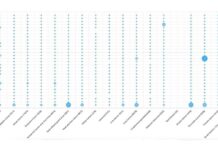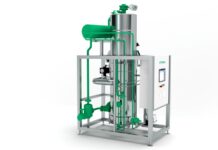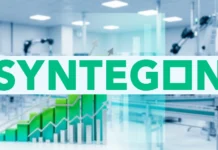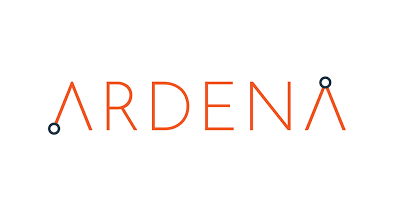The use of antibody-drug-conjugates (ADC) in drug development is becoming more and more widespread, thanks to their potential to improve the effectiveness of cancer treatments by enabling more precise targeting of cancerogenic cells. ADCs harness a mechanism based on an antigen-mediated uptake of a cytotoxic drug, which is then released directly into target cancer cells – by achieving this while avoiding healthy cells, they enhance efficacy with reduced adverse side effects.
There are currently 14 ADCs approved by regulators worldwide [1], demonstrating their value in creating oncological drugs that not only offer improved performance, but reduced toxicity too.
Recent research suggests that there is more that can be done to further enhance ADC efficacy and reduce negative effects – with the possibility for greater improvements in precision cell targeting [2]. However, delivering this goal and fulfilling the full potential of ADCs poses a significant development challenge. To move into the preclinical and early clinical phase, pharmaceutical companies must effectively establish the exposure-response relationship for efficacy and safety. This means a bioanalytical strategy tailored to each of the ADC components is required.
In this article, Ardena will explore the key steps that pharmaceutical companies need to take to build an effective bioanalytical strategy capable of accelerating the new generation of more effective ADCs into clinical testing. We will discuss:
- The potential of ADCs for transforming the oncology space
- The possibility for further enhancing the performance of ADCs in the future, with new development approaches
- The development challenges facing pharmaceutical companies in bringing new ADCs to clinical testing
- The key steps to take to create a bioanalytical strategy capable of overcoming these challenges
- The importance of working with an expert in creating such strategies for ADCs
References
[1] Z. Fu, S. Li, S. Han, C. Shi, and Y. Zhang, “Antibody drug conjugate: the ‘biological missile’ for targeted cancer therapy,” Signal Transduction and Targeted Therapy, vol. 7, no. 1. Springer Nature, Dec. 01, 2022. doi: 10.1038/s41392-022-00947-7.
[2] L. N. Tumey, “An Overview of the Current ADC Discovery Landscape,” in Antibody-Drug Conjugates, 2078th ed., vol. 2078, Tumey LN, Ed. Humana Press Inc, 2020, pp. 1–22. doi: 10.1007/978-1-4939-9929-3_1.





















